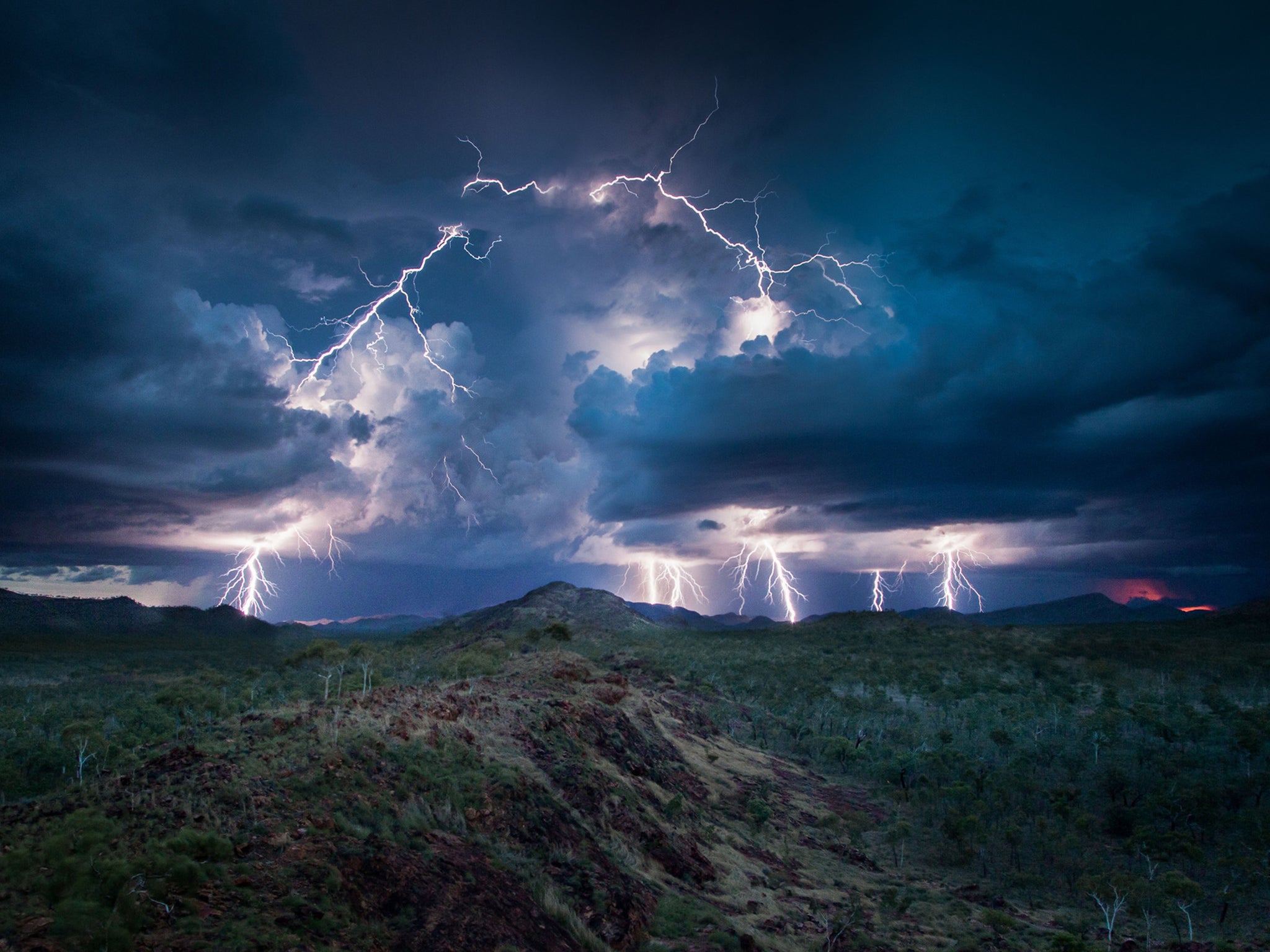Wonders of the Monsoon, BBC2 - TV review: Someone give that sprinting lizard his own show
Spanning an area from the north Himalayas to Australia’s Northern Territory, the programme explores how life flourishes during, before and after a rainy season and impacts on a rich variety of animals and us humans

Your support helps us to tell the story
From reproductive rights to climate change to Big Tech, The Independent is on the ground when the story is developing. Whether it's investigating the financials of Elon Musk's pro-Trump PAC or producing our latest documentary, 'The A Word', which shines a light on the American women fighting for reproductive rights, we know how important it is to parse out the facts from the messaging.
At such a critical moment in US history, we need reporters on the ground. Your donation allows us to keep sending journalists to speak to both sides of the story.
The Independent is trusted by Americans across the entire political spectrum. And unlike many other quality news outlets, we choose not to lock Americans out of our reporting and analysis with paywalls. We believe quality journalism should be available to everyone, paid for by those who can afford it.
Your support makes all the difference.I’ve heard some sonorous nature documentary narrations in my time, but Colin Salmon on Wonders of the Monsoon (Sun BBC2) makes Patrick Stewart of Earth sound like a 13-year-old soprano at choir practice.
When he said, “The monsoon. The greatest weather system on Earth, the giver of life and the destroyer”, you could feel the house shaking at its eaves.
Such a delivery, plus a stirring score composed by Nitin Sawhney, is only appropriate. This new five-part series is to ordinary nature documentaries as a sea breeze is to the monsoon itself. Spanning an area from the north Himalayas to Australia’s Northern Territory, it explores how life flourishes during, before and after a rainy season and impacts on a rich variety of animals (not least our own human species). So, quite a big subject, then.
Amid the magnificence of the red crabs emerging on Christmas Island and the pathos of a peacock unable to mate, comic relief was provided by Australia’s frill-necked lizard. Having spent most of the preceding hot weather drifting in and out of a state of suspended animation, he sprang to life when the monsoon started, sprinting on hind legs across the savannah. Hilarious. Someone sign this guy up for his own series of anthropomorphic insurance ads, immediately.
The frill-necked is a strictly solo act, but other animals have perfected their inter-species teamwork. In the forests of Kanha, northern India, the chital deer keep company with the grey langur monkeys, so they can eat fruit dropped from the trees and also be forewarned of a tiger attack by the monkeys’ screeching. What are friends for, after all.
While the animal behaviour may have elicited some “awws”, our “oohs” and “aahs” were reserved for the stratospheric firework display in the sky. The pre-monsoon “weather” – if such a paltry word can do this spectacle justice – creates a special mood of menace. As the temperature rises and rises, the red flying fox bats were willing to risk death for moisture, by flying straight into the jaws of a crocodile, and the dry orange grass provided perfect camouflage for tigers on the hunt. The “Gunumeleng” – as the Aborigines call this time – can also conjure up “the fire devil”: basically a 100ft-high tornado of fire which sweeps across the land, incinerating everything and everyone in its path.
Join our commenting forum
Join thought-provoking conversations, follow other Independent readers and see their replies
Comments